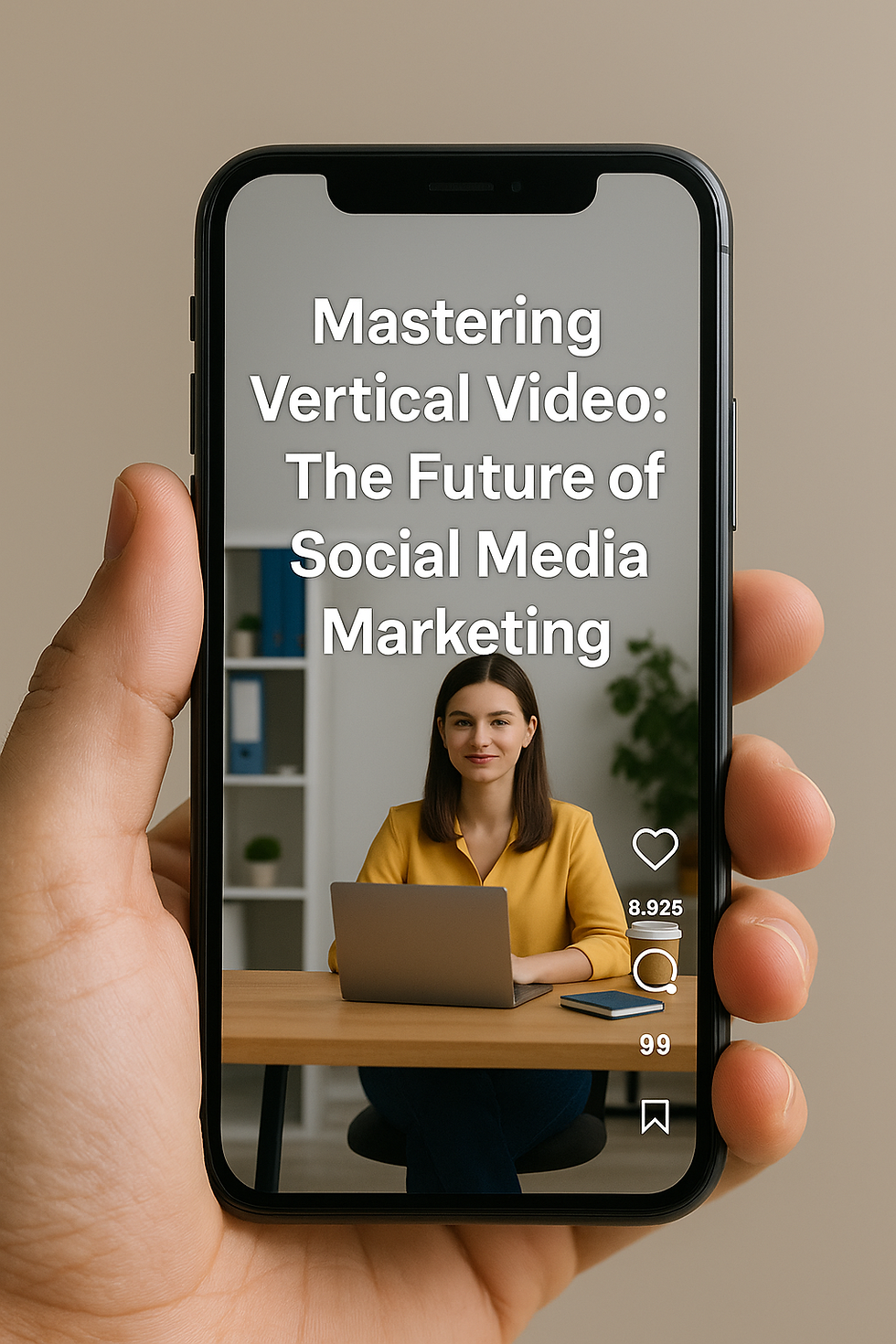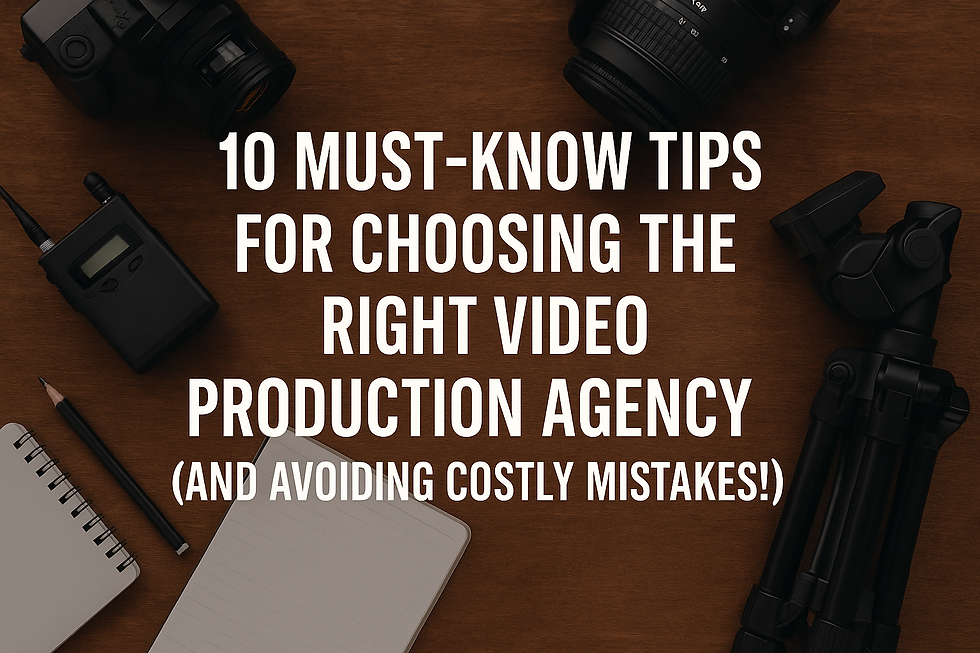The Ultimate Guide to Compressing Videos for Social Media Without Losing Quality
- Kunal Shah
- May 2
- 3 min read
In today’s digital landscape, video content is king—but large file sizes can slow down uploads, impact video quality, and even reduce engagement. Whether you’re a business owner, content creator, or social media marketer, knowing how to compress videos effectively is essential for seamless sharing across different platforms.
In this guide, we’ll break down why video compression matters, how to optimize your videos without sacrificing quality, and the best settings for popular social media platforms. You’ll also learn about common mistakes to avoid, advanced compression techniques, and how to tailor your videos for different social platforms.

Why Compress Videos for Social Media?
Uploading large, unoptimized videos to social media can lead to:
✔️ Longer upload times – Slows down your workflow and can delay posting.
✔️ Poor playback quality – Social platforms often apply automatic compression, which can result in pixelated or blurry footage.
✔️ Storage issues – Large files take up unnecessary space on your devices.
✔️ Slow buffering – If your video file is too heavy, viewers may struggle with slow loading times, leading to drop-offs.
✔️ Reduced engagement – Users are less likely to watch a video that takes too long to load or is of poor quality.
By compressing your videos properly, you can maintain high-quality visuals while reducing file size, making your content easier to upload, stream, and share while ensuring a smooth viewing experience.
How to Compress Videos Without Losing Quality
1. Choose the Right Video Format
The most commonly used format for social media is MP4 (H.264 codec). It provides the best balance between quality and file size and is widely supported across platforms. Other efficient formats include HEVC (H.265) and VP9, which provide even better compression but may not be as universally supported.
2. Adjust the Bitrate
Bitrate determines the amount of data processed per second in a video. Lowering the bitrate can reduce file size, but lowering it too much will result in pixelation and loss of detail.
✔️ Ideal bitrates for social media:
1080p videos: 4,000-8,000 kbps
720p videos: 2,500-5,000 kbps
4K videos: 20,000-40,000 kbps (if supported by the platform)
3. Optimize Resolution & Aspect Ratio
Different social media platforms have recommended resolutions and aspect ratios to ensure the best playback experience. Use the right dimensions to prevent automatic compression from reducing quality.
Platform | Recommended Resolution | Aspect Ratio |
1280x720 (720p) | 16:9, 1:1, 9:16 | |
Instagram Feed | 1080x1080 | 1:1 |
Instagram Stories & Reels | 1080x1920 | 9:16 |
TikTok | 1080x1920 | 9:16 |
YouTube Shorts | 1920x1080 | 16:9, 9:16 |
1280x720 | 16:9 | |
Twitter/X | 1280x720 | 16:9, 1:1 |
4. Reduce Frame Rate If Necessary
4. Reduce Frame Rate If Necessary Standard videos are shot at 24-30 fps (frames per second). Lowering the frame rate to 24 fps can reduce file size while maintaining smooth playback. Higher frame rates like 60 fps are ideal for action-packed content but may increase file size significantly.
5. Use Professional Video Compression Tools
Instead of relying on social media’s automatic compression, use video compression software to retain more control over quality.
Here are some of the best tools:
✔️ Adobe Media Encoder – Professional-grade tool with extensive compression settings.
✔️ HandBrake (Free) – Open-source software for resizing and compressing videos.
✔️ ShrinkIt – Online tool designed specifically for social media video optimization.
✔️ Kapwing – Browser-based editor with simple compression options.
✔️ FFmpeg – Advanced command-line tool for powerful compression settings.
Best Video Compression Settings for Social Media
Each platform has file size limits and compression standards. If your video is too large, social media platforms will automatically compress it, which can hurt quality.
Here are the recommended best settings to maintain control over the final output:
📌 Facebook & Instagram (Feed, Stories, Reels)
✔️ Format: MP4 (H.264 codec)
✔️ Max file size: 4GB
✔️ Recommended resolution: 1080x1080 (feed), 1080x1920 (Stories & Reels)
✔️ Bitrate: 4,000-8,000 kbps
✔️ Frame rate: 30 fps
📌 TikTok & YouTube Shorts
✔️ Format: MP4 (H.264 codec)
✔️ Max file size: 500MB (TikTok), 2GB (YouTube Shorts)
✔️ Resolution: 1080x1920
✔️ Bitrate: 2,500-5,000 kbps
✔️ Frame rate: 30 fps
📌 LinkedIn & Twitter/X
✔️ Format: MP4 (H.264 codec)
✔️ Max file size: 5GB
✔️ Resolution: 1280x720 or higher
✔️ Bitrate: 5,000 kbps
✔️ Frame rate: 24-30 fps
Final Thoughts: Optimize Your Videos Like a Pro
If you want your videos to look sharp and professional on social media, compression is key. By following these best practices, you’ll ensure fast uploads, smooth playback, and high-quality visuals—all while keeping file sizes manageable.
✅ Test different compression settings before publishing to ensure optimal quality.
✅ Always export in the recommended format to avoid unwanted compression.
✅ Use platform-specific guidelines to maintain high-quality output.
💡 Need help with video optimization? Reach out today, and let’s make your content stand out on every platform! 🚀🎥



Commentaires